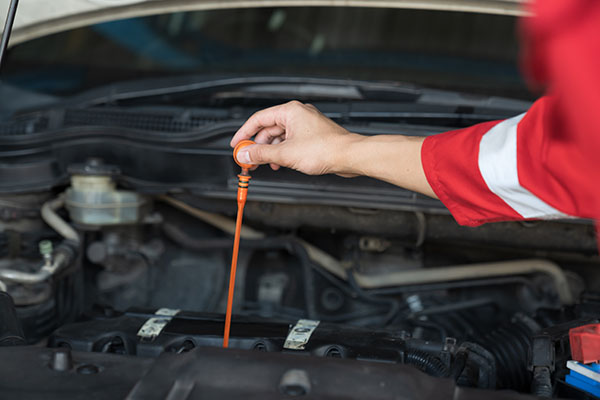
When it comes to keeping your vehicle running smoothly and efficiently, regular maintenance is key. Among the various maintenance tasks, fluid flushes often take a backseat, overlooked by many vehicle owners. However, these seemingly minor procedures play a crucial role in preserving your vehicle’s health and extending its lifespan. This blog will cover everything, from what fluid flushes are to when to do them.
The Role of Fluids in Your Vehicle
Before we dive into the significance of fluid flushes, it’s essential to understand the pivotal role fluids play in your vehicle’s operation. Your car relies on an intricate system of fluids to function properly:
- Engine Oil: Engine oil lubricates the engine’s moving parts, reduces friction, and helps dissipate heat.
- Transmission Fluid: Transmission fluid enables smooth gear shifts and prevents excessive wear and tear on transmission components.
- Coolant: Coolant regulates engine temperature, preventing overheating and freezing.
- Brake Fluid: Brake fluid facilitates the transfer of force from the brake pedal to the brakes, ensuring effective stopping power.
- Power Steering Fluid: Power steering fluid assists in effortless steering, enhancing maneuverability.
The Importance of Fluid Flushes
Over time, the essential fluids within your vehicle undergo a gradual deterioration, accumulating detrimental contaminants that diminish their efficacy. This underscores the undeniable importance of regular fluid flushes, serving as a safeguard for your automobile on multiple fronts.
Firstly, these fluid flushes are instrumental in upholding optimal performance. By replenishing the fluids, your vehicle’s components are empowered to function at their utmost capacity, ensuring a seamless and efficient operation. Neglecting the vital task of fluid maintenance, however, can precipitate a decline in overall performance, potentially culminating in more severe mechanical failures that could have otherwise been averted.
The significance of fluid flushes lies in their ability to thwart wear and damage. The gradual accumulation of contaminants within the fluids can exacerbate wear on critical components, posing a considerable risk to the longevity of your vehicle. By adhering to a consistent regimen of fluid flushes, these harmful contaminants are purged, effectively mitigating the potential for damage and extending the overall lifespan of your cherished automobile.
Moreover, fluid flushes contribute to the crucial task of temperature regulation. Properly maintained coolant and transmission fluids play a pivotal role in preventing overheating and minimizing excessive friction, both of which have the potential to precipitate costly and inconvenient repairs. The result is a vehicle that remains optimally cooled and lubricated, translating into a smoother and safer driving experience.
Timing and Frequency
The timing of fluid flushes varies depending on factors such as the type of fluid, driving conditions, and the manufacturer’s recommendations. It’s crucial to consult your vehicle’s owner’s manual or a trusted mechanic to determine the appropriate schedule for fluid flushes.
DIY vs. Professional Maintenance
While some vehicle maintenance tasks can be performed at home, fluid flushes are best left to professionals. Trained technicians have the expertise and specialized equipment to ensure thorough flushing and proper fluid replacement. DIY attempts might lead to incomplete flushes, improper fluid disposal, or even damage to your vehicle.
Looking for a repair shop for your next fluid flush appointment? Visit us at Auto Excel and we will be happy to help!




